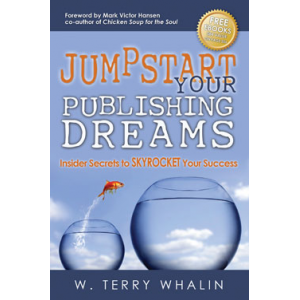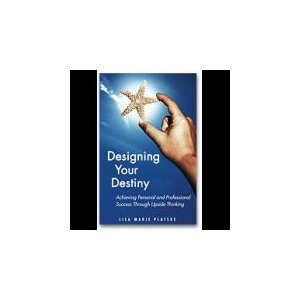Building a Midshipman: How to Crack the USNA Application
You don't have to be a miracle-worker to the 10% of applicants accepted to a military academy, but you do need a plan. For the thousands of students who apply every year--and slog through the numbing concatenation of decisions preceding a nomination--there is no greater discouragement than the likely event that they will fail. This, though, is the Board's peek into an applicant's moral fiber and an important ingredient to the go/no go decision. In the words of James Stockdale, USNA '46 and Medal of Honor Winner: "The test of character is not 'hanging in there' when you expect a light at the end of the tunnel, but performance of duty and persistence of example when you know that no light is coming." This is the true story of Maggie Schmidt, an All-American kid who dreamt of attending the Naval Academy when her research into the typical Midshipman uncovered a profile alarmingly like herself. This book describes her background and academic interests, her focus, as well as her struggle to put together a winning admissions package. Along the way, you gain insight into the moral fiber that grounds everything she does and the decisions she must make that some consider impossible for an adolescent, but are achievable for thousands of like-minded teens. This workbook walks you through the long process, provides check lists of everything required, decision making matrices, goal-setting exercises to determine if USNA is a good fit for you, and a mix of motivation and academic advice to balance a decision that rightfully might be the biggest one most teens have ever made. See the publisher's website at structuredlearning.net for more details.
The Story Behind This Book
When my daughter wanted a book on how to get into the Naval Academy, all she could find were books that told her how hard it was, how selective they were, how very few could achieve it. My daughter brushed them off, but I wondered how many kids would be discouraged by that approach and decided to write a book explaining how to achieve the goal, not why kids couldn’t. I stressed how teens can solve the problems that stood in their way rather than why they couldn’t, how they could get where they wanted to go rather than why they couldn’t get there. That worked for my daughter and I had no doubt it would work for others. From what I hear from readers, it’s true.













